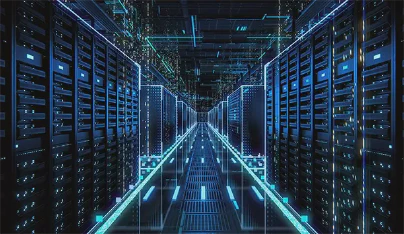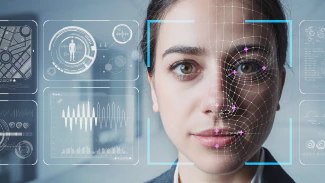The Benefits of Integrating AI and IoT in Emergency Response

In today’s rapidly evolving technological landscape, artificial intelligence (AI) and the Internet of Things (IoT) are transforming industries across the globe. One of the most impactful areas where these technologies are making a significant difference is in emergency response. As organizations and municipalities seek to enhance their preparedness and response capabilities, integrating AI and IoT into their emergency response strategies has become essential. This blog explores the key benefits of leveraging AI and IoT to create more efficient, effective, and proactive emergency response systems.
1. Real-Time Data Collection and Analysis
One of the most powerful advantages of integrating AI and IoT in emergency response is the ability to collect and analyze real-time data. IoT devices, such as sensors, cameras, and wearable technology, can continuously monitor various environmental and situational factors. For instance, sensors can detect changes in temperature, air quality, or structural integrity, while cameras can provide live video feeds from critical areas.
AI algorithms can then process this data in real time, identifying patterns and anomalies that may indicate an emerging threat. By analyzing this information quickly and accurately, emergency responders can gain valuable insights, allowing them to make informed decisions and take immediate action.
2. Enhanced Situational Awareness
AI and IoT together enhance situational awareness for emergency responders. In a crisis, having a clear and comprehensive understanding of the situation is crucial. IoT devices can provide a constant stream of information from the field, while AI can synthesize this data into actionable insights.
For example, during a natural disaster, IoT sensors can detect hazardous conditions, such as flooding or structural damage, and relay this information to emergency teams. AI can then analyze this data to predict the spread of the disaster, helping responders to allocate resources more effectively and prioritize areas that require immediate attention.
3. Faster and More Accurate Response Times
Time is of the essence in any emergency, and AI-powered systems can significantly reduce response times. By automating data processing and decision-making tasks, AI can rapidly identify the most critical actions needed and suggest the optimal course of action. This reduces the burden on human responders, allowing them to focus on executing the response rather than processing information.
Additionally, AI can assist in resource allocation by determining the most efficient deployment of personnel, vehicles, and equipment based on real-time data. This ensures that the right resources are sent to the right location, minimizing delays and improving overall response efficiency.
4. Predictive Analytics for Proactive Emergency Management
Another significant benefit of AI and IoT integration is the ability to utilize predictive analytics. AI algorithms can analyze historical data, identify trends, and forecast potential emergencies before they occur. This proactive approach allows organizations to prepare in advance, mitigating risks and potentially preventing emergencies from escalating.
For instance, AI can analyze weather patterns, traffic data, and other relevant factors to predict the likelihood of accidents or natural disasters. Emergency management teams can then take preventive measures, such as issuing early warnings or pre-positioning resources, to minimize the impact of these events.
5. Improved Communication and Coordination
Effective communication and coordination are vital in any emergency response effort. AI and IoT can facilitate better communication between different teams and agencies involved in a response. IoT devices can provide real-time updates from the field, while AI systems can disseminate this information across all relevant parties.
For example, AI can automate the process of sending alerts and updates to emergency responders, ensuring that everyone has access to the latest information. This leads to more coordinated and cohesive response efforts, reducing the chances of miscommunication and improving overall outcomes.
6. Enhanced Public Safety and Trust
Integrating AI and IoT in emergency response not only benefits responders but also enhances public safety and trust. When communities see that emergency response systems are proactive, efficient, and effective, their confidence in these systems increases. This trust is crucial during a crisis, as it can influence public behavior and cooperation with emergency efforts.
Moreover, AI-powered systems can provide transparent and accurate information to the public during emergencies, helping to prevent panic and ensure that people are well-informed and able to take appropriate actions.
Conclusion
The integration of AI and IoT in emergency response represents a significant advancement in how we manage crises and protect communities. By leveraging the power of real-time data, enhanced situational awareness, predictive analytics, and improved communication, AI and IoT are revolutionizing emergency response strategies. As technology continues to evolve, the potential for even greater benefits in emergency management is vast. Organizations that embrace these innovations will be better equipped to respond to emergencies, ultimately saving lives and reducing the impact of disasters.
To learn more about emergency response tools and technology, visit 911cellular.com.
Tags: Emergency communication



